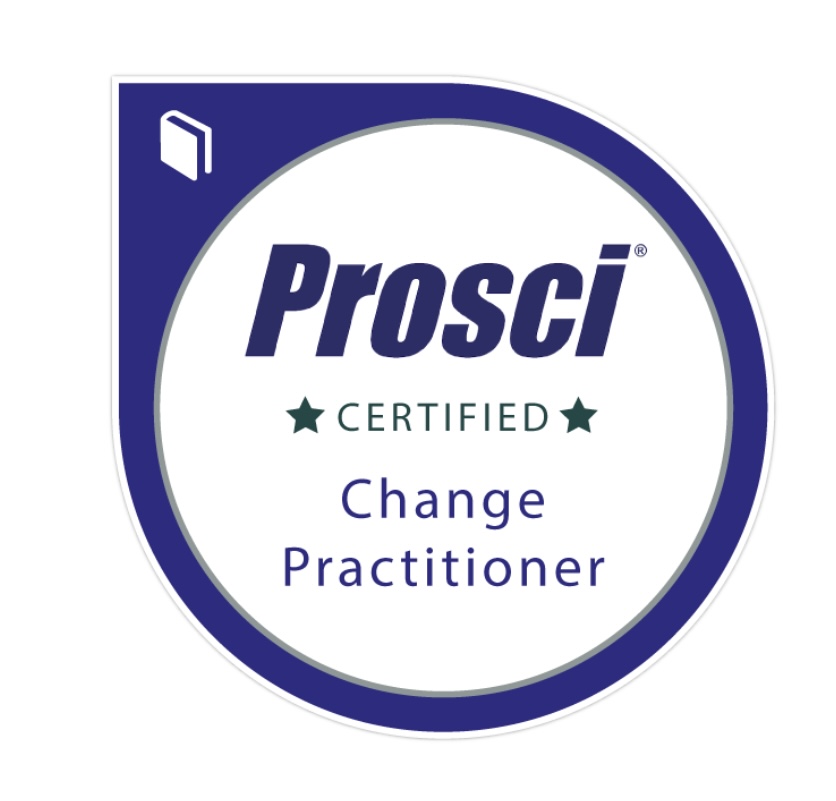Adapting To Thrive
– Part II
June 11, 2025 - Anil Jalali
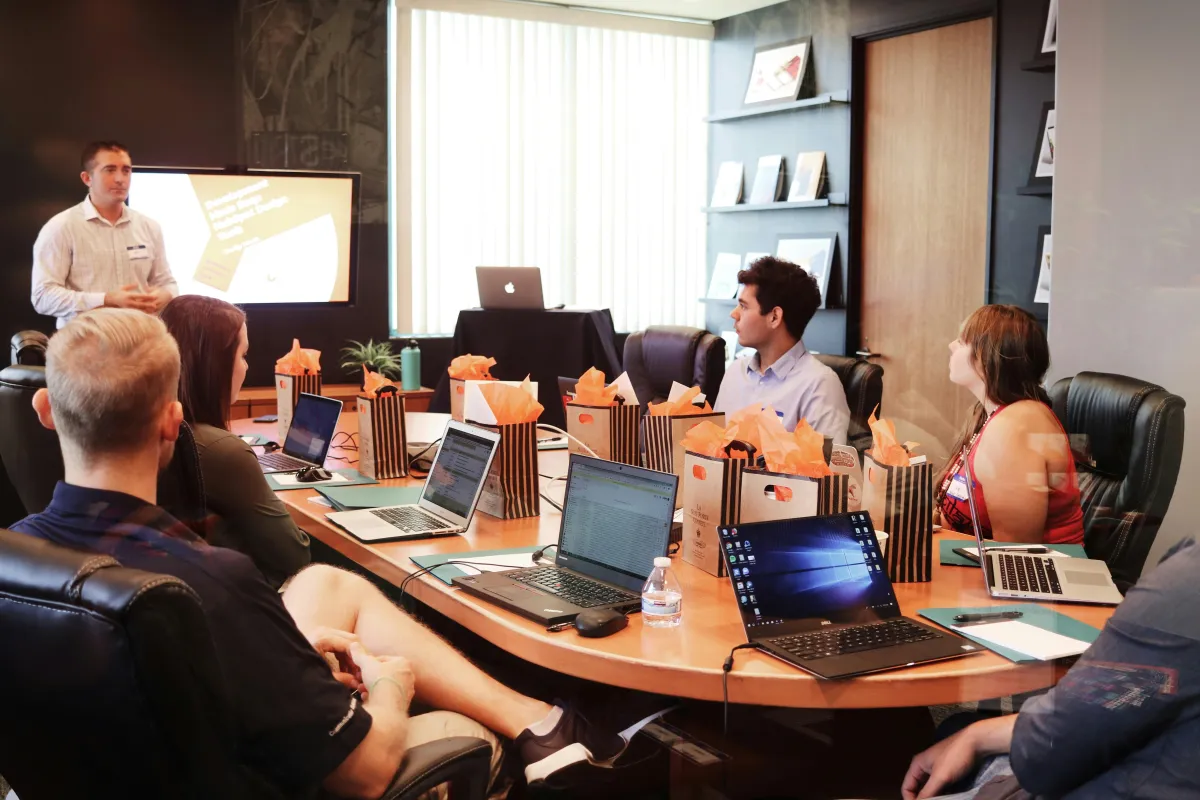
As leaders, we face numerous challenges as we grow in our roles and navigate a rapidly evolving business environment. These challenges may include heightened competition, achieving ambitious business goals, navigating shifting operational landscapes, or taking on expanded/new responsibilities. Faced with such demands, some leaders may react by overextending themselves and their teams, adopting a relentless work ethic with visible overwhelm, prioritizing aggressive competitiveness, and striving to win at all costs. Others might become cynical, emotionally depleted, and overly compliant in an effort to please or satisfy stakeholders. Such a reactive approach often leads to contraction and defensiveness, redirecting focus towards self-preservation at the expense of their teams and broader organizational goals.
To navigate these complexities effectively, leaders should focus on strengthening the following dimensions within their competence toolkit:
Embracing Change
Change and transformation are essential for growth and progress, yet they can also present significant challenges if not managed effectively. Studies suggest that a substantial percentage of change initiatives fail, underscoring the importance of thoughtful leadership in these situations.
It is crucial to reflect on the following:
What major changes are occurring within your role or business, and what implications do they hold for you and those around you?
What role can you play in facilitating these changes? Which mindsets—yours and others—will enable or hinder progress?
How can you create space for others to voice their perspectives on change, its impact, and their say in how it is implemented?
The question for leaders is not why change is necessary but rather how best to lead or embrace the inevitable transformations that drive progress.
Learning Dexterity
Learning dexterity is the ability to acquire new knowledge and skills and to apply them effectively. It also involves unlearning outdated methods, processes, and mindsets to make space for new ways, skills and innovation.
Consider the following:
Which areas of your role and business require new skills and capabilities to be successful?
How prepared is your team, and those supporting you, to acquire and implement these new capabilities?
Which technological, market-led, or other disruptions should guide the development of new skills and capabilities within your organization?
Agility in learning is now a necessity, not only within one's direct operating area but also in broader domains that may disrupt the status quo. The rise of AI and its transformative impact is one such example.
Systems Thinking
A leader possessing systems thinking is equipped to connect and operate across functional and divisional silos. By understanding the entirety of a system and its resulting outcomes, they wield strategic influence and recognize leverage points in fast-paced, competitive environments.
Leaders should explore:
What opportunities exist for you to connect organizational silos to drive greater outcomes?
How can you leverage and enhance influence across different parts of the organization through a systems approach?
Systems-thinking leaders are deeply concerned with inclusivity, sustainability, and fostering a culture of cross-team innovation and collaboration.
Impact and Results Orientation
Leaders who prioritize results and make their teams and organizations successful tend to enjoy higher levels of engagement and satisfaction among their talent. Such leaders are decisive, clearly communicate direction, and inspire their teams with an optimal balance of stretch and challenge.
Reflect on the following:
How does your team perceive the ways in which results are achieved?
What actions can you take within your team or organization to nurture a culture that values achievement orientation while maintaining a positive and inspiring environment?
It is crucial to cultivate psychological safety and a collaborative culture. As a leader, aim to build a reputation for driving positive impact and achieving results while working alongside and supporting your team.
Conclusion
Adaptive leadership involves rising above narrow self-interests, leading change effectively, connecting across silos, relentlessly acquiring new capabilities, and helping teams make an impactful contribution in an engaging yet challenging environment.
Find me on LinkedIn
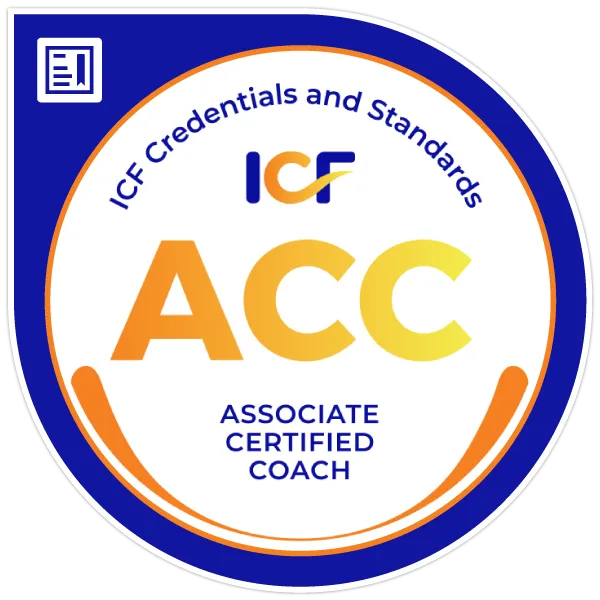
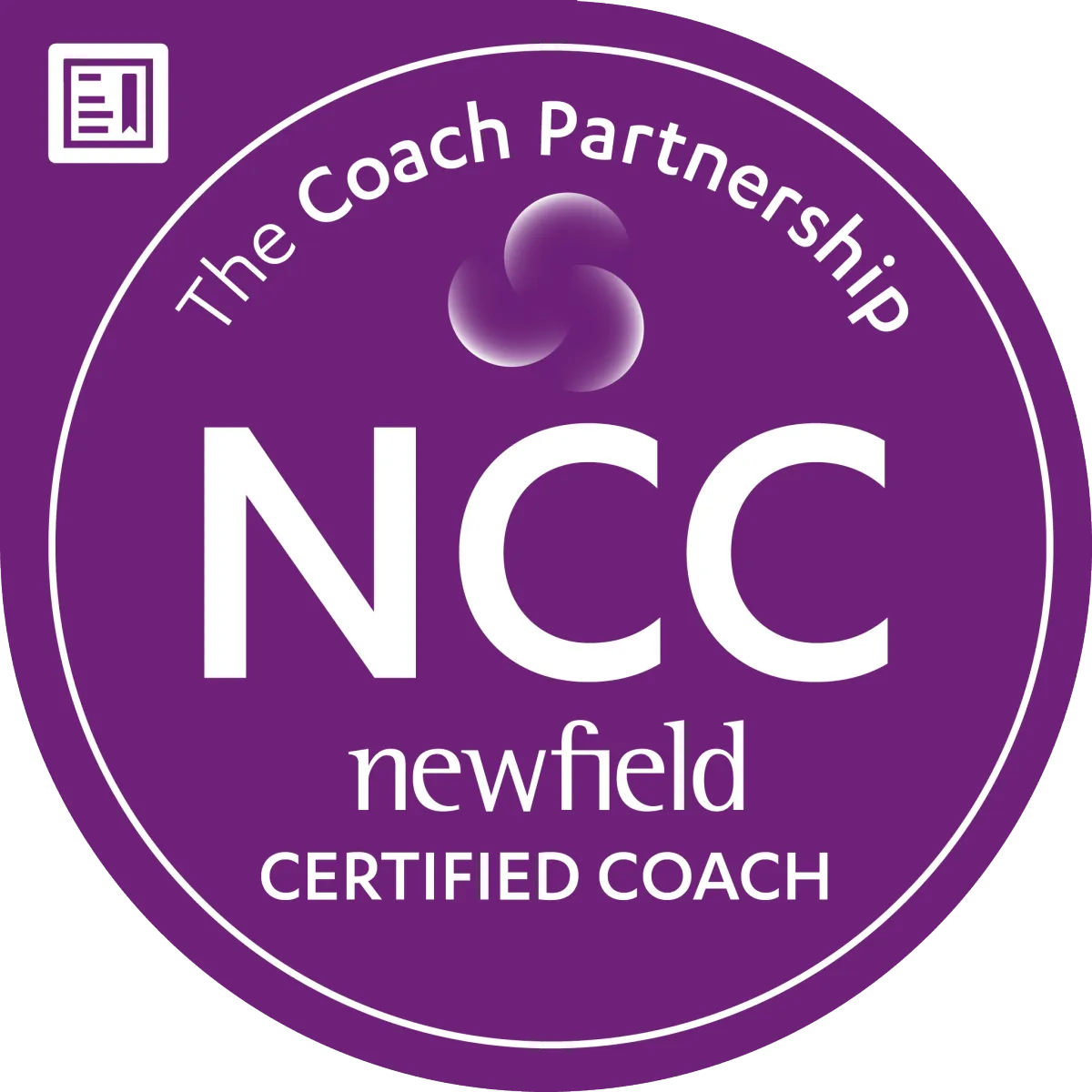
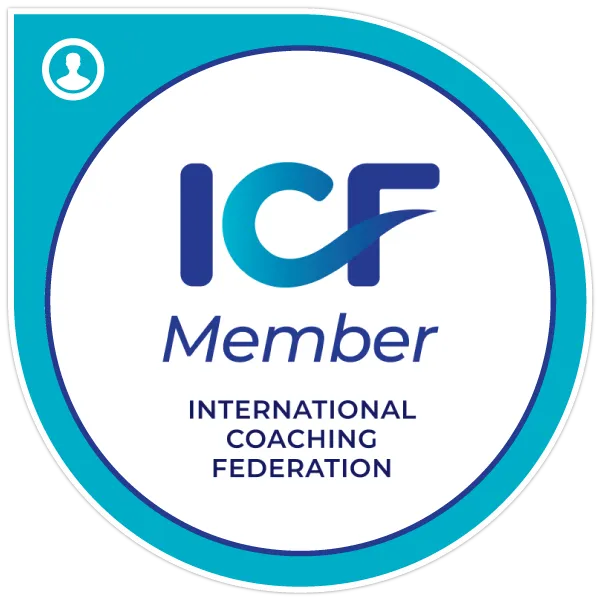

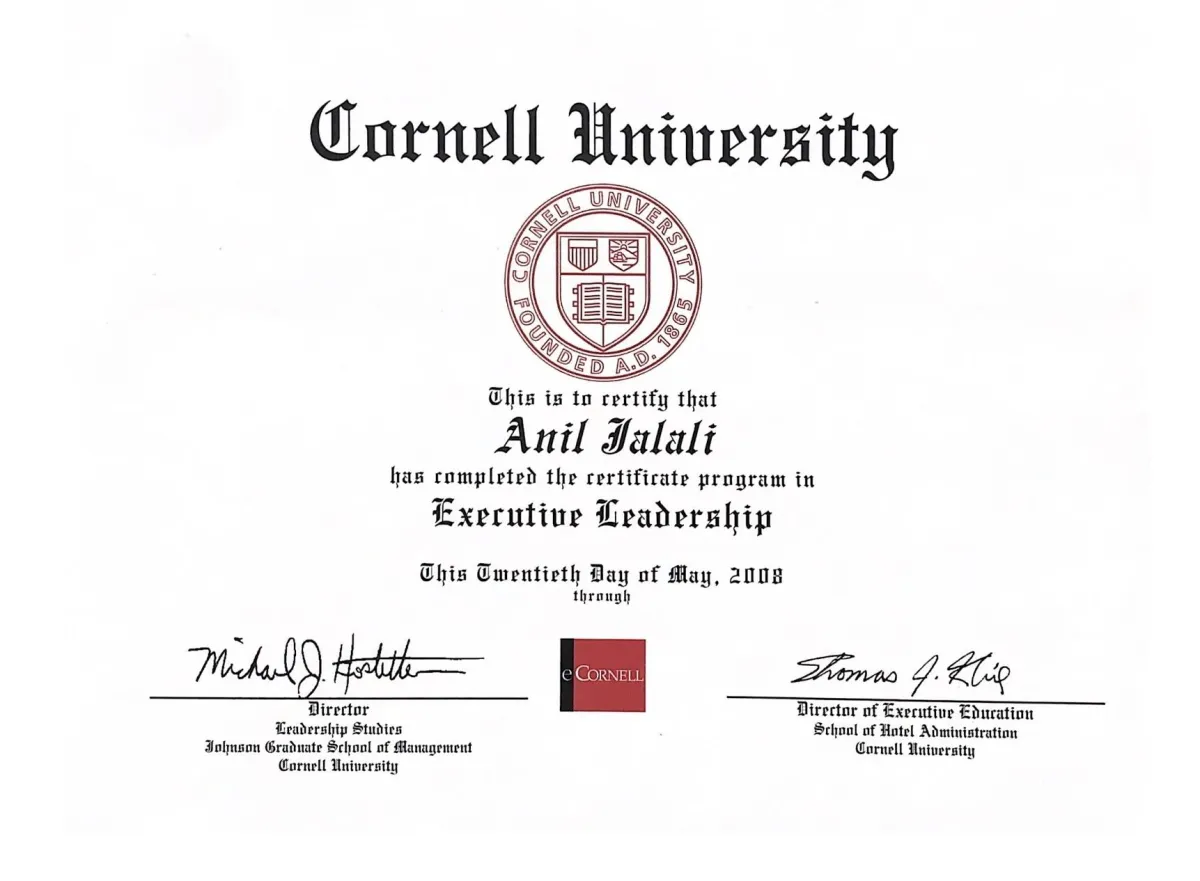
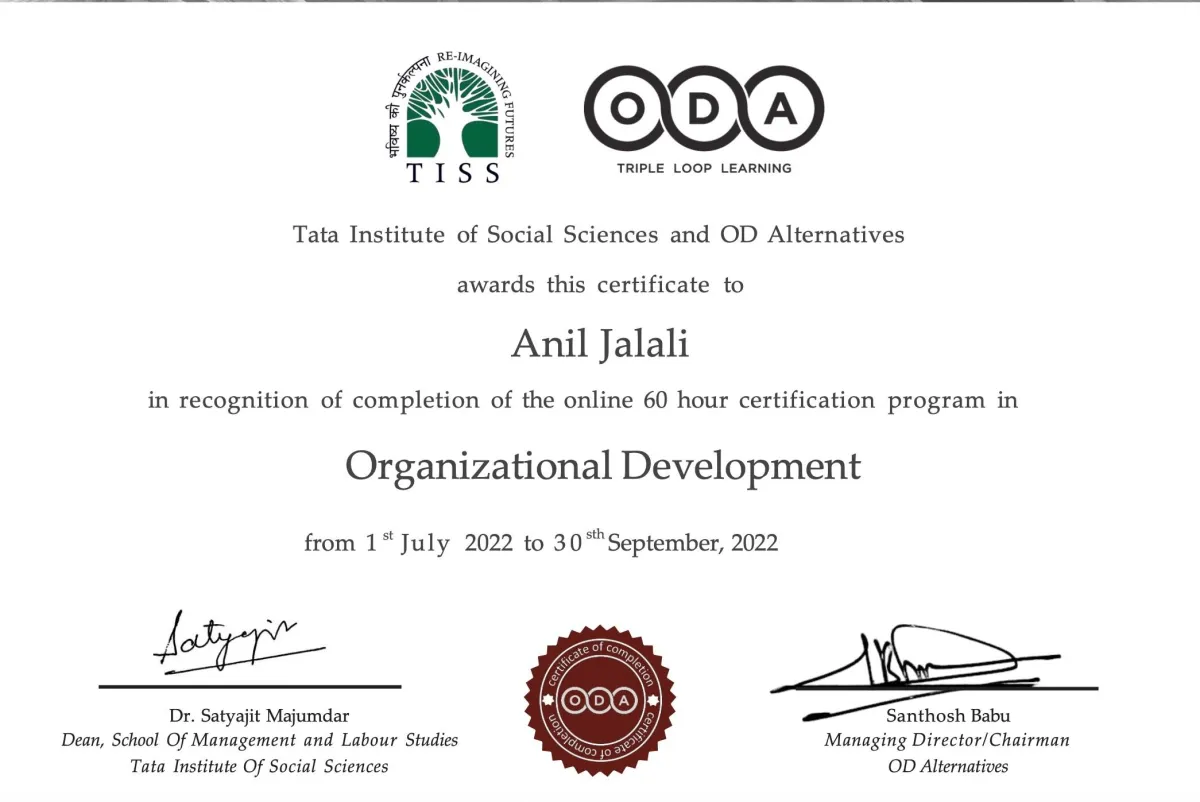
Copyright © 2025 Anil Jalali. All Rights Reserved






